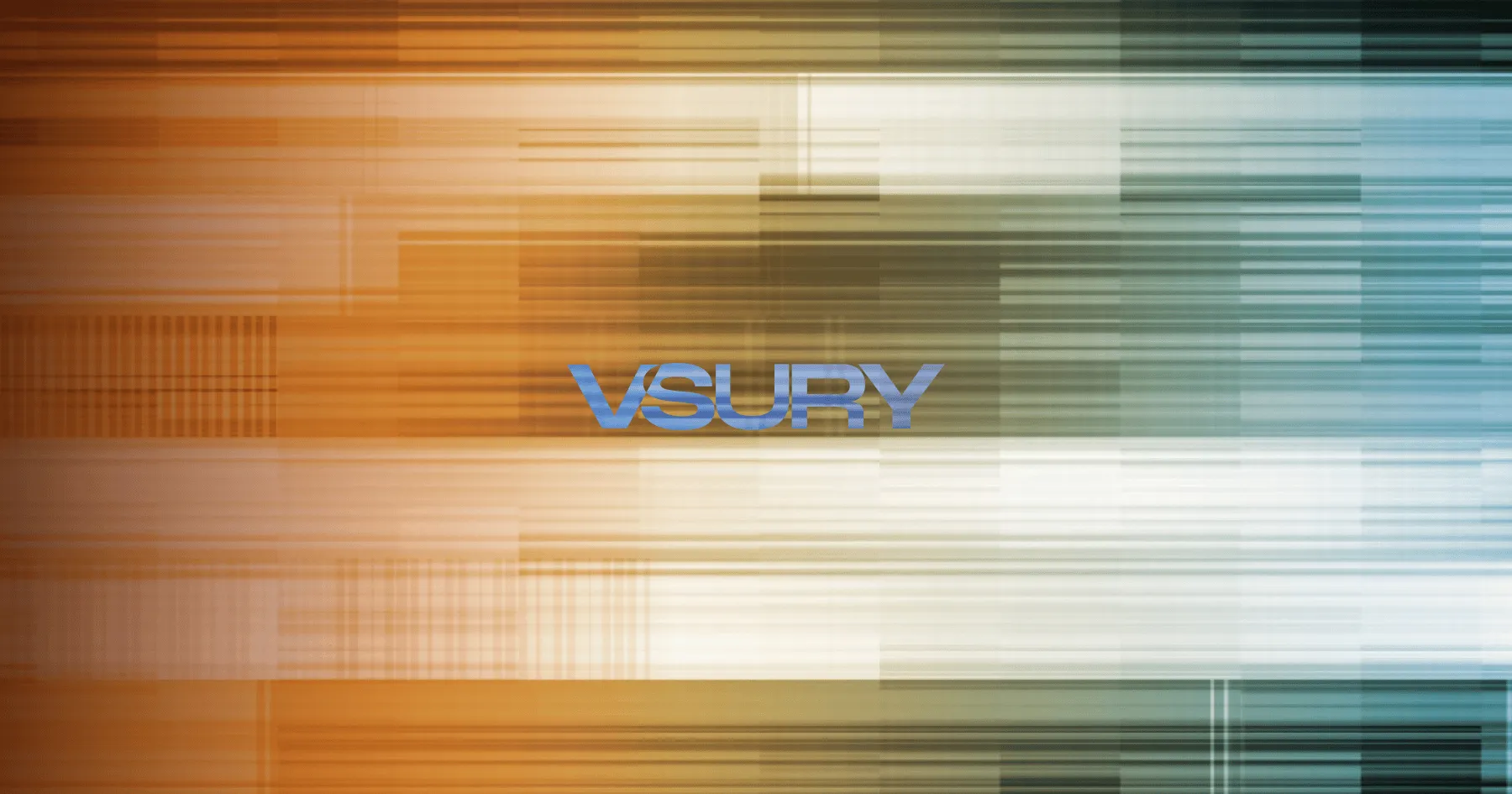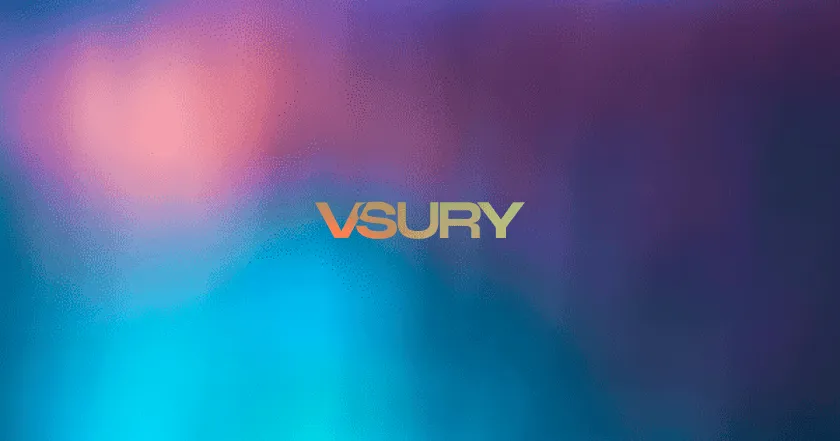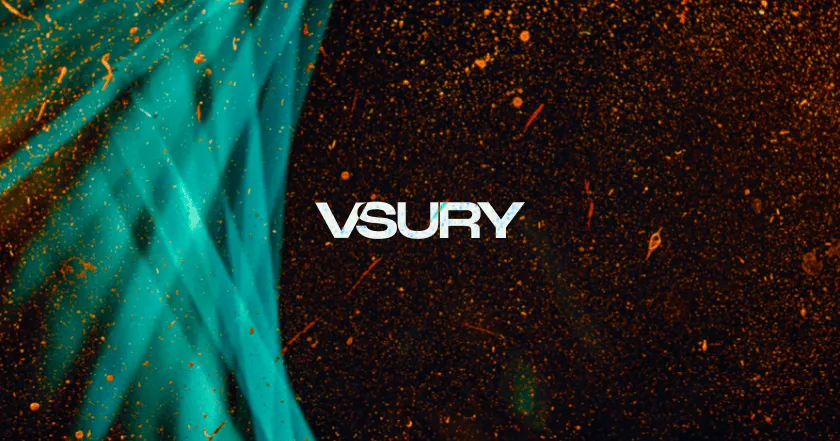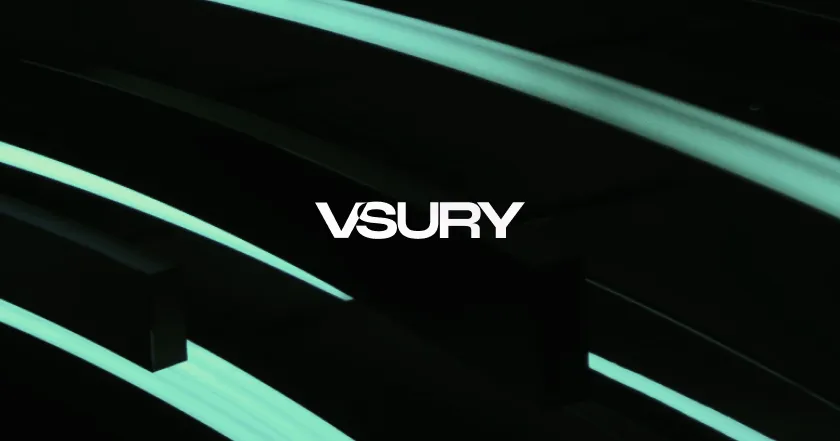The world of user experience design isn't one-size-fits-all. Some agencies dive straight into wireframes and prototypes, believing speed trumps everything. Others spend months on user research before touching a single design tool. The methodology gap between different firms can make or break your project timeline and budget.
TL;DR: User experience agencies differentiate themselves through three core methodology approaches: research-heavy firms that prioritize extensive user validation, agile-focused teams that emphasize rapid iteration and testing, and hybrid agencies that blend traditional design thinking with modern sprint-based workflows. The choice should align with your project complexity, timeline constraints, and internal team capabilities.
Here's what most businesses don't realize when evaluating design partners. The methodology differences aren't just philosophical debates. They translate into completely different project timelines, deliverable formats, and collaboration styles that can either mesh perfectly with your organization or create constant friction.
This dynamic gradient visualization perfectly captures the spectrum of methodological approaches - from structured, warm research phases flowing into the cool efficiency of rapid iteration cycles that define modern user experience work.
Research-First Firms: The Deep Dive Approach
Traditional design consultancies built their reputations on comprehensive research methodologies. These firms typically begin every project with extensive user interviews, competitive analysis, and market research phases that can span 4-8 weeks before any visual design work begins.
Research-driven teams follow a structured discovery process that includes stakeholder interviews, user persona development, journey mapping, and usability testing of existing systems. This approach works exceptionally well for complex enterprise software, healthcare applications, or financial services where user safety and regulatory compliance create high stakes for design decisions.
Consider a healthcare technology company working with research-focused consultants. The discovery phase might involve interviewing doctors, nurses, and administrators across multiple hospital systems to understand workflow variations. These teams document every interaction point, pain point, and workflow dependency before creating a single wireframe.
Perfect example. Exactly what we're talking about.
The downside? Research-heavy firms often struggle with fast-moving startups or companies needing rapid market validation. Their methodologies assume you have time for thorough investigation, which doesn't always align with competitive pressures or funding timelines.
Here's what actually matters when evaluating research-first approaches:
• Extended discovery phases lasting 6-12 weeks with comprehensive documentation• Strong emphasis on user validation and testing protocols
• Higher upfront costs but more predictable outcomes and fewer surprises• Best suited for complex, regulated, or high-risk projects requiring extensive validation• Typically charge 20-30% more upfront but deliver fewer revision cycles
These firms reduce guesswork and design pivots later in the process. Everything shifts when you front-load the research work.
Agile Sprint-Based Teams: Speed and Iteration
Modern design consultancies increasingly embrace agile methodologies borrowed from software development. These teams break projects into 2-4 week sprints, delivering testable prototypes and gathering user feedback continuously throughout the design process.
Sprint-based firms prioritize getting functional designs in front of users quickly rather than perfecting research upfront. They use rapid prototyping tools, conduct lightweight user testing sessions, and iterate based on real user behavior rather than assumptions.
Here's where this approach shines: A SaaS startup working with agile teams can have a functional prototype within two weeks and user feedback data within four weeks. The methodology allows for course corrections based on actual user behavior rather than theoretical personas.
The trade-off comes in potential rework and design debt. Agile teams sometimes sacrifice long-term strategic thinking for short-term velocity. Projects can lose coherence if sprint goals aren't carefully aligned with overall experience strategy.
This breaks everyone's brain initially. You're essentially building the plane while flying it.
Ask these questions when evaluating sprint-based teams:
• Can they deliver rapid prototype development and user validation cycles?• How do they maintain continuous stakeholder involvement and feedback loops?• Do they offer flexible scope adjustments based on user testing results?• What's their approach to lower initial investment with pay-as-you-learn pricing?• How well do they integrate with development teams using similar methodologies?
These consultancies often work on retainer models, allowing businesses to scale design efforts up or down based on project needs and budget constraints.
Hybrid Methodology Firms: Best of Both Worlds
The most sophisticated design consultancies combine research rigor with agile execution. These firms conduct focused research phases (2-3 weeks instead of 8-12 weeks) followed by structured sprint cycles that incorporate ongoing user validation.
Hybrid teams use what we call "research sprints" - concentrated bursts of user research targeting specific questions or assumptions. They might spend one week validating user personas, then immediately move into design sprints that test those assumptions through rapid prototyping.
This approach works particularly well for established companies launching new products or services. They have enough market understanding to skip extensive discovery but need structured validation of new concepts and features.
The hybrid methodology typically follows this pattern. Initial strategy sprint (1-2 weeks) defining key assumptions and success metrics. Focused research sprint (1-2 weeks) validating core user needs and behaviors. Design sprints (2-3 week cycles) creating and testing solutions iteratively. Validation sprints (1 week) testing completed features with real users.
Hybrid consultancies often provide the most balanced approach for mid-market companies that need both strategic thinking and execution speed. They avoid the analysis paralysis of research-heavy approaches while maintaining more strategic coherence than pure agile methodologies.
Here's the thing most people miss. The best hybrid teams don't just combine methodologies - they know when to lean heavily into research versus when to sprint forward with minimal validation.
Industry-Specific Methodology Variations
Different industries push design consultancies toward specific methodological adaptations. Healthcare teams must navigate HIPAA compliance and regulatory requirements, leading to extended documentation and approval phases. FinTech specialists deal with security concerns and regulatory oversight that influence their design and testing methodologies.
E-commerce focused consultants have developed conversion-rate optimization methodologies that blend traditional experience research with A/B testing and analytics-driven decision making. They use heat mapping, user session recordings, and conversion funnel analysis as core research tools rather than traditional user interviews.
B2B software specialists often employ stakeholder-heavy methodologies that account for complex buying processes and multiple user types within single organizations. Their research phases include decision-maker interviews alongside end-user research.
The reality? Industry specialization fundamentally changes how design teams approach methodology selection and execution.
Consider these industry-specific factors affecting methodology choices:
• Regulatory compliance requirements extending review and approval cycles• Security protocols limiting user research and testing approaches
• Complex stakeholder structures requiring extended consensus-building phases• Technical constraints influencing design feasibility and testing methods• Market dynamics affecting timeline pressures and competitive research needs
Technology Stack Influences on Design Processes
The design tools and technology platforms chosen by consultancies significantly impact their methodological approaches. Teams using Figma and modern collaborative tools can support more distributed and iterative processes compared to those using traditional design software.
Advanced prototyping tools enable some firms to blur the lines between design and development, creating high-fidelity interactive prototypes that feel like finished products. This capability allows for more realistic user testing and stakeholder feedback sessions.
Consultancies investing in user research platforms, analytics tools, and remote testing capabilities can support more data-driven methodologies regardless of their core philosophical approach. The technology infrastructure often determines how quickly teams can iterate and incorporate feedback.
Everything changed when collaborative design tools became mainstream. Teams that adapted quickly gained massive advantages in client collaboration and iteration speed.
Client Collaboration Models Shaping Methodologies
Different design consultancies structure client collaboration in ways that fundamentally alter their design processes. Some firms embed designers directly within client teams, adopting whatever methodology the internal team uses. Others maintain strict separation and deliver completed phases before moving forward.
The collaboration model affects everything from meeting cadence to deliverable formats to feedback incorporation timelines. Teams working with distributed clients develop different communication rhythms and documentation requirements compared to those working with co-located teams.
Remote-first consultancies have pioneered asynchronous collaboration methodologies that work across time zones and allow for more thoughtful feedback cycles. These approaches often result in better documentation and more inclusive stakeholder input processes.
Take this example. A distributed design team working with a client across three time zones develops asynchronous review cycles that actually improve feedback quality because stakeholders have more time to consider and articulate their input.










